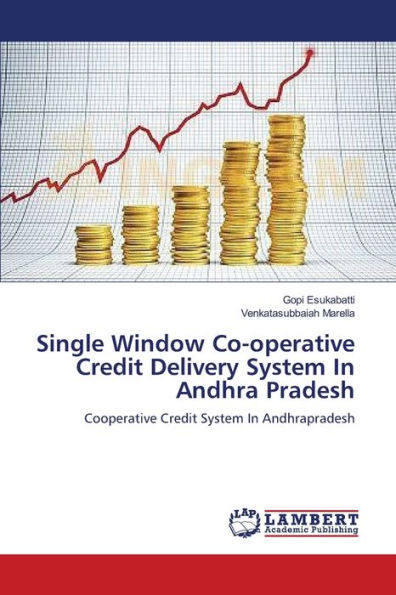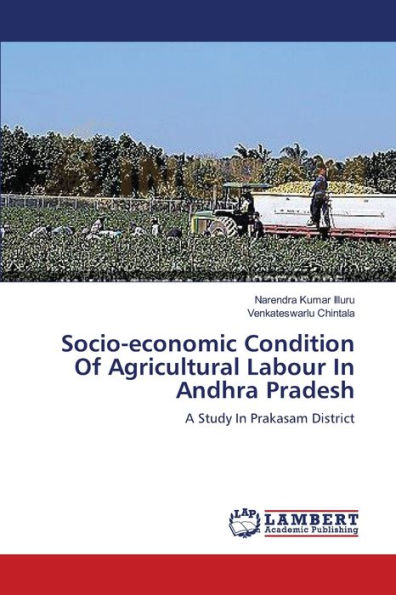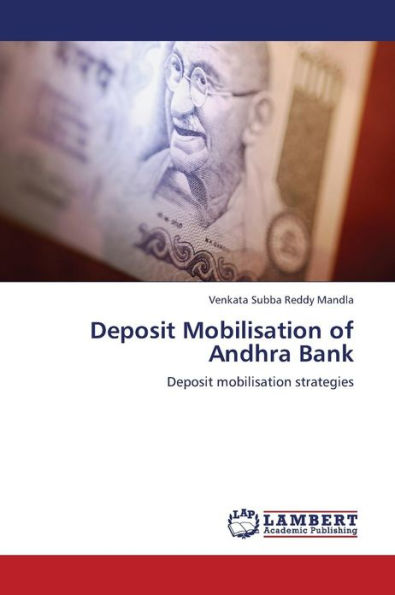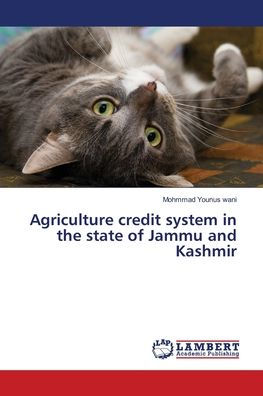Home
Single Window Co-operative Credit Delivery System In Andhra Pradesh



Single Window Co-operative Credit Delivery System In Andhra Pradesh
Current price: $43.09
Loading Inventory...
Size: OS
Co-operatives play a vital and predominant role in catering the credit needs of small and marginal farm and poor living in rural areas. Co-operatives were introduced in 1904 in India with the enactment of Co-operative Credit Societies Act. The main objective of co-operatives is to help the most distressed class of rural people who were exploited by the rural elite for several years. The Co-operative Act of 1912 was passed to improve their co-operative movement which provided for federal co-operatives in India. Ever since, the credit through co-operatives is significant in the country. As a significant part of the multi-agency approach to credit delivery in India, co-operatives, both the short-term and long-term structure hold an important position, especially in the rural credit scenario and have played a pivotal role in the development of rural credit over the years. The geographical spread of the entire co-operative credit system covers over 74 per cent of rural credit outlets


















